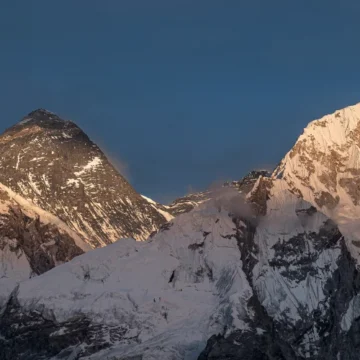
1996 Mount Everest Disaster
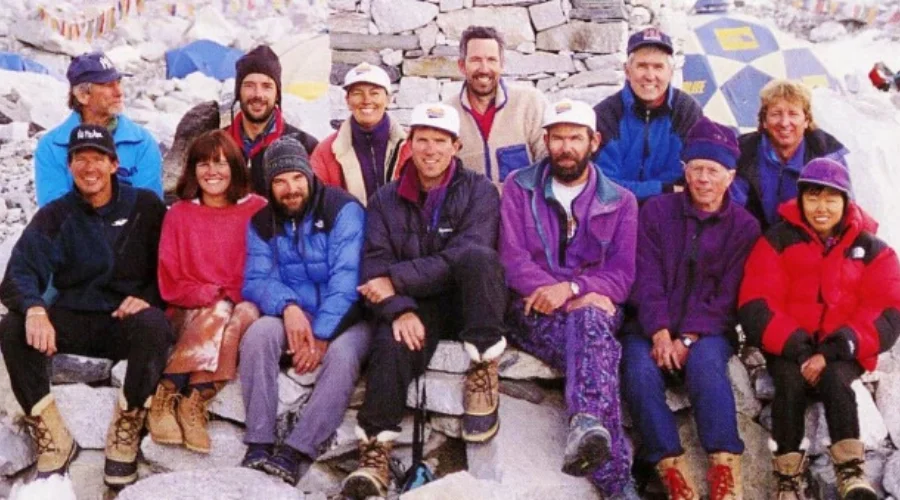
Table of Contents
Climbing Mount Everest remains a dream for many. Every year, many people try to reach the summit. Do you know which is the climbing season of Mount Everest? May is the climbing season of Mount Everest. The Everest 2024 climbing season is about to end, and many people have summited Everest in 2024, too. We have heard a few cases of death on Mount Everest in 2024. We pray for all the climbers to have a safe climb. But have you heard about the 1996 Mount Everest Disaster?
But something unfortunate happened in 1996 on Mount Everest. One of the scariest and deadliest events took place on Mount Everest in 1996. It was not a normal event; it was a 1996 Mount Everest disaster. The Mount Everest disaster of 1996 binds the story of the souls that lost their lives during the 1996 Everest climb.
1996 Mount Everest disaster
So, what is the 1996 Mount Everest Disaster? The deadliest horror event occurred between 10-11 May 1996. The Mount Everest 1996 disaster killed almost eight people who were descending from the Everest Summit. During the Everest Expedition 1996, over 12 people died during the Everest Summit. Who would have known that the people who were happily descending after climbing Everest would face this bone-chilling death of their lives?
It is still believed to be one of the most eerie events to have happened on Everest. Many people raised questions about the Everest summit expedition and its commercialization. Another deadliest event took place in the Everest region after the Earthquake in Nepal in 2015. But the Mount Everest disaster of 1996 is known to be the deadliest one.
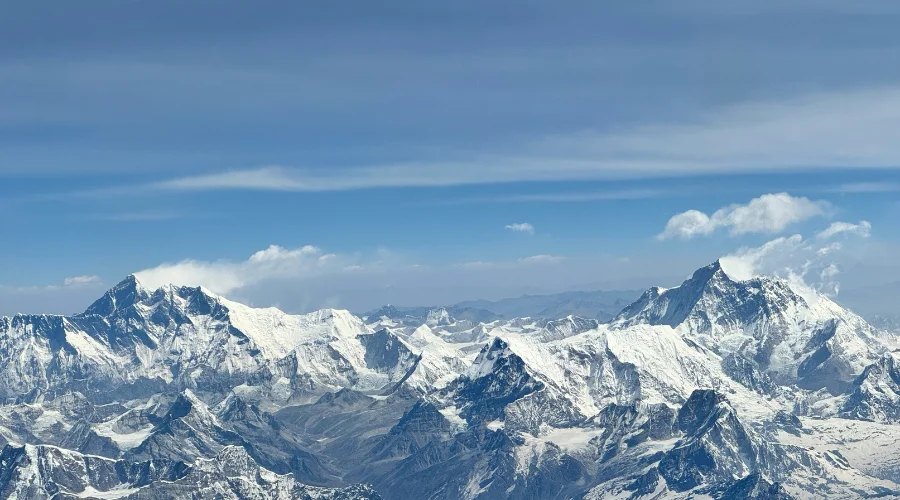
1996 Mount Everest disaster movie
Are there any movies about the 1996 Mount Everest Disaster? Yes, there is a movie named “Everest” that shows the tragedy of the 1996 Mount Everest Disaster. The movie “Everest” was released on September 18, 2015, right after the tragic event of 1996. It shows the challenges faced by the climbers in all possible ways.
The 1996 Mount Everest disaster has been depicted in the movie “Everest,” released in 2015. This film is a gripping and emotional portrayal of the tragic events that occurred on May 10-11, 1996. When eight climbers lost their lives during a fierce storm on the world’s highest peak.
The 1996 Mt Everest disaster movie was directed by Baltasar Kormákur. The movie stars Jason Clarke as Rob Hall, the leader of the Adventure Consultants expedition. Jake Gyllenhaal as Scott Fischer, the head of Mountain Madness. The narrative follows these experienced climbers and their teams as they face the challenges of high-altitude climbing. Like the unpredictability of weather, and the dire consequences of human error and physical exhaustion.
1996 Mount Everest disaster videos
You can find several videos on YouTube that portray the Mount Everest 1996 disaster. While finding the 1996 Mount Everest disaster videos might be hard. We can find the reference videos of the disaster that took place in Everest.
Source: Relic Hunting Florida
Who died in the 1996 Mount Everest disaster?
This question is common; they want to know people who died in the 1996 Mount Everest disaster. The Mount Everest calamity of 1996 is considered one of the most tragic incidents recorded, with victims of the calamity being known as the 1996 Mount Everest disaster. The actual number of people who died in the Everest disaster of 1996 is eight.
Those who died in the disaster are:
Rob Hall: American mountaineer; the leader of the Adventure Consultants during the final times of preparation before the disaster. After being left by his companions close to the top, the man died.
Doug Hansen: An American climber on Rob Hall’s team for the climb. He perished on that dark night while descending from the summit of the mountain during the storm.
Yasuko Namba: A Japanese climber from Hachijō Island, an experienced mountaineer, a participant in the Adventure Consultants. Unfortunately, due to the adverse climate near the top, she was unable to stand the extreme weather conditions and then died.
Scott Fischer: Experienced professional American climber and the organizer of the Mountain Madness expedition. He died from the stress of exhaustion and the impact of climatic conditions when descending from the mountain.
Tsewang Samanla: In one scene, aspiring climbers from an ITBP team, the Indo-Tibetan Border Police, are shown. This man was from the Indian camp, and he perished during the storm.
Dorje Morup: Another member of the Indian Tibet Border People team. He also died together with his colleagues Co.
Tsewang Paljor: Tsewang, also known as the Green Boots, part of the 1996 Indo-Tibetan border police expedition to Mount Everest team. He was dubbed by climbers, namely due to his bright boots that could be seen on the route. He clearly died during the storm.
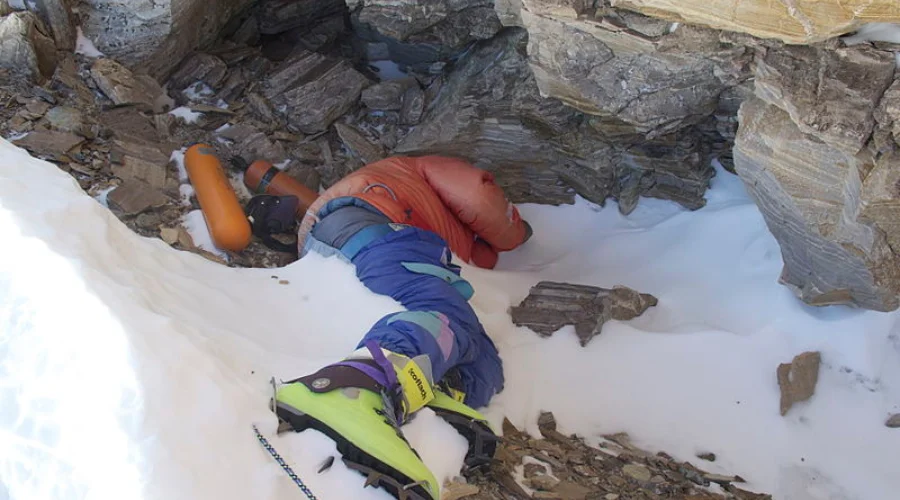
Adventure Consultants 1996 Mount Everest disaster
The tragedy that has become famously known as the ‘1996 Mount Everest disaster’ involved Adventure Consultants. Guided by Rob Hall, a professional mountaineer from New Zealand and occurred due to the adverse climate conditions and unpopular decision-making issues. The team comprised climbers like Doug Hansen – a postal worker from Seattle. Who was trying his second attempt on Everest. Yasuko Namba, a Japanese businesswoman who needed to become the oldest Japanese woman on the mountain.

On May 10, 1996, Hall’s team, along with other expeditions, began their final ascent to the summit from Camp IV at the South Col. Despite a predetermined turnaround time of 2 am. There are several climbers such as Hansen, Namba, who summit much later than the usual time of 12: 00 pm. Making the descent particularly perilous.
The weather was bad in the afternoon, with storms guzzling the mountain, causing storms and low temperatures. After getting caught near the top, Hall decided to help Hansen, who was unable to come down, and for hours, they communicated through the radios before rescuers could reach him, and he died from hypothermia. Hansen, who was one of them, got altitude sickness and was extremely tired. He died a little from the peak.
So what happened that night on Everest 1996?
Namba was the first to reach the peak, but, unfortunately for her, she got trapped in the storm on her way back down, froze, and eventually died of hypothermia. Rescuers were able to find some of these team members in near-death situations due to frostbite and injuries; another climber from a different expedition, Beck Weathers, is particularly infamous for his survival after being left for dead but later surviving but being left for dead, and later ending up having multiple limbs amputated.
This tragedy stirred various issues regarding the morality and precaution concerning commercial trips, learning the significance of sticking to timed quarter-rounds and the nature of extreme summit obsession. The disaster was disclosed by Jon Krakauer in the book “Into Thin Air” and depicted in the movie “Everest” in 2015; the incident proved that even one of the Seven Wonders of the World could remain a severe challenge for human life. Top of Form
1996 Mount Everest disaster documentary
Is there a Mount Everest 1996 disaster documentary? Many people search for the documentary to learn about the incident that happened on Everest in 1996.
One of the most famous Everest Disaster documentaries is “Remnants of Everest: The 1996 Tragedy”, which was released in 2007.
Another documentary is “Seconds from Disaster– Into the Death Zone“, which was released as a TV documentary in 2012.
Also, “Frontline: Storm Over Everest” is a documentary based on the 1996 disaster on Everest. It was released in 2008.
The “Everest” movie is also a documentary film about the 1996 accident on Everest.
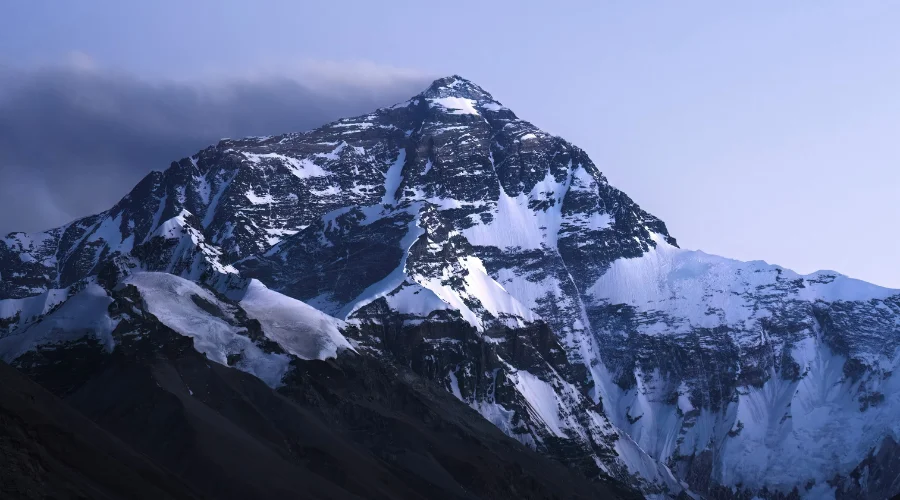
1996 Mount Everest disaster bodies
The 1996 Mount Everest disaster, one of the fatal tragedies in Everest’s history, occurred when multiple teams faced severe weather conditions and delays near the summit. Among the most notable victims were Rob Hall and Scott Fischer, both experienced expedition leaders. Hall’s body remained on the mountain for years. Fischer’s body was recovered and cremated.
1996 Mount Everest disaster victims
The 1996 Mount Everest disaster claimed the lives of several individuals, including experienced climbers, guides, and Sherpas. Among the victims were Rob Hall, a respected expedition leader from New Zealand, and Scott Fischer, an accomplished American mountaineer. Other notable casualties included Doug Hansen, a postal worker from Seattle who had previously attempted to summit Everest, and Yasuko Namba, a Japanese climber who tragically perished just shy of reaching her goal of climbing the Seven Summits.
How many people died in the 1996 Mount Everest disaster?
How many died in the 1996 Everest disaster? A total of 8 climbers’ 1996 Mount Everest disaster were found dead in the 1996 Everest Disaster.
1996 Mount Everest disaster survivors
Despite the tragic outcome of the 1996 Mount Everest disaster, several climbers managed to survive the disturbing suffering.
Beck Weathers, an American climber, astonishingly survived a night exposed to extreme conditions near the summit. His survival story, including severe frostbite that led to the loss of his nose, fingers, and parts of his face, is evidence of the strength of the human spirit.
Another survivor, Jon Krakauer, an American journalist and climber, documented the events in his bestselling book “Into Thin Air,” providing a fascinating firsthand explanation of the disaster.
Other survivors, including Mount Everest 1996 Anatoli Boukreev, a Russian climber and guide, played critical roles in the rescue efforts.
1996 Mount Everest disaster Rob Hall
The actual event that occurred on Mount Everest in 1996 involving a guide named Rob Hall was a sad incident in which several people met their demise. This is the climax of an exciting and tragic story of a mountaineering expedition led by Rob Hall, one of the world’s leading guides. However, problems associated with meteorological conditions and possible delays in the schedule caused a series of misfortunate events. Hall, several other clients and climbers were caught in the “death zone’, defined as an area above 26000 feet where oxygen is almost toxic.
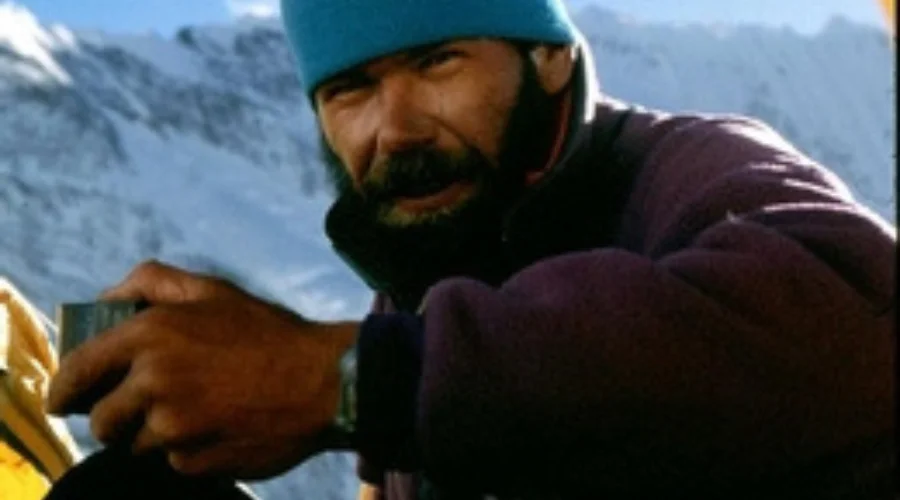
Despite all his endeavours and assistance from his team, Hall was not able to get to the bottom to be rescued as he lost his team and could not handle the rough conditions. Sadly, as the environment was rather severe, he did not survive and died on the mountain. Their tales and narratives are in books and films and have been made even more famous through documentaries and other forms of cinematographic productions. From it, they learned more about the risks and hardships of climbing at this height.
What was the 1996 Everest disaster?
The 1996 Everest disaster, one of the famous fatal scenarios in the history of climbing Mount Everest, occurred on May 10 during the spring climbing season. The climbers were Rob Hall from Adventure Consultant and Scott Fischer from the Mountain Madness Company, and their major objective was to reach the top of the mountain.
However, the circumstances surrounding the cause of the accident are a bit of a paradox because these tourists burned with enthusiasm mixed with a desire to conquer a new peak, but the weather changed unexpectedly, and the mountain and the number of people on it also played a trick this day. The inability of climbers to begin the ascent early due to traffic jams at the mountain top also resulted in the climbers being exposed to the steep slopes of the mountain at approximately the same time as the climbing activity as opposed to the usual time of 2 am when most climbers start their descent.
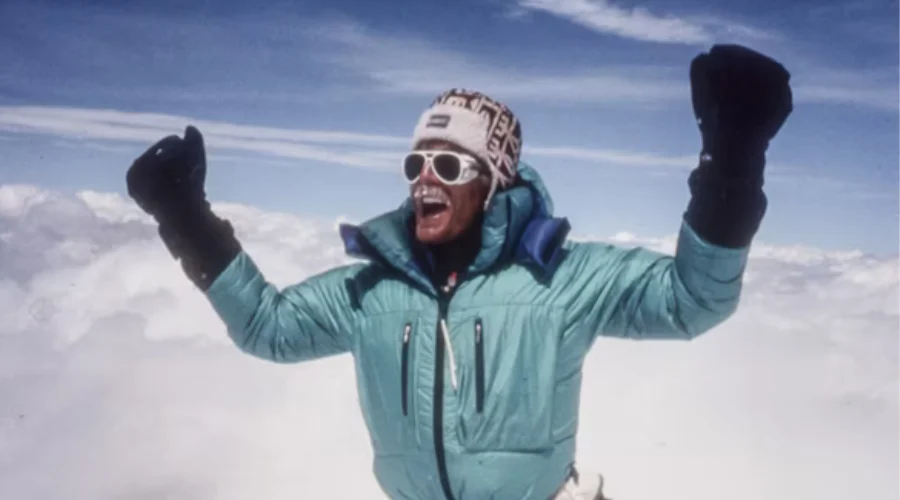
The 1996 Everest disaster , which claimed the lives of eight climbers. Was widely publicized, involving mountaineers from the bottler party Rob Hall and inquiry member. However, as the climbers remained active and signalled the desire to climb upward further. Disregarding all the warnings and the worsening climate. A terrible storm arose, with powerful gusts of wind and intense snowfall. For a storm to disorient anyone, especially the climbers. I think that shows the intensity of the storm and how unforgiving nature can be. This led to them experiencing a lot of trouble when it came to getting back to the appropriate exit. Hall and Fischer are some guides involved in the climbing exercises, but they were trapped by the storm and died.
What caused the 1996 Everest disaster?
Similarly, the 1996 disaster of 1996 Mount Everest disaster cause was many factors such as poor weather conditions, crowding of the climbers on the mountain, low experience of some climbers, and problems of communication. On May 10th and 11th, an unexpected storm occurred on the mountain; many climbers were still on the mountaintop, and it was not easy for them to come down safely.
The overcrowding made the situation bad. Bottlenecks on the routes are the main cause, and rescuers were further delayed. Novice climbers, some of whom hired commercial climbing tours, were ill-equipped to endure the harsh conditions, contributing to the many deaths. Also, organizational deficiencies in communication, poor coordination among various teams, and ineffective radio communication hampered the rescue operations and added more miseries to the distressed families.
Scott Fischer 1996 Mount Everest disaster
Scott Fischer is perhaps the most familiar mountaineer who, in 1996, led even an expedition to Mount Everest. Unfortunately, this trip is one of the fatalities in the history of the snowy mountains of Everest. The climbers Fischer was responsible for via his guiding company, Mountain Madness, had some of the worst circumstances, including a delayed start for the summit push and unpredictable weather.

The accident happened on May 10, when a massive storm hit the mountain where climbers were still engaged in their activity. Among them, Fischer and several other climbers succumbed to hypothermia and physical stress, leading to their demise. Thus, the events of 1996 stressed the issue of mountaineering and the dangers of high-altitude expeditions in general and raised concerns about safety and decision-making in such conditions.
1996 Everest disaster, whose fault
The 1996 Everest disaster was a complex event with multiple factors contributing to the tragedy. Some factors included the large number of climbers attempting the summit, delays in reaching the summit due to traffic congestion on the mountain, inadequate oxygen supplies, inexperienced climbers, and the sudden, severe storm that hit the mountain. It’s difficult to pinpoint blame on any single individual or group. However, there were criticisms of the overall management of the expedition, including decisions made by expedition leaders, guides, and climbers themselves. These criticisms led to a reevaluation of safety protocols and the commercialization of Everest expeditions.
1996 Mount Everest disaster survivors: Where Are They now
The 1996 Mount Everest disaster is one of the most well-known tragedies in mountaineering history, involving multiple climbers and resulting in the loss of eight lives. Several 1996 Mt Everest disaster survivors have gone on to lead impactful lives.
List of Mount Everest 1996 Disaster Survivors
1996 Mount Everest disaster Beck Weathers, who was left for dead twice on the mountain. He miraculously survived and later became a motivational speaker, sharing his story of strength. Jon Krakauer, a journalist on the expedition. He wrote the bestselling book “Into Thin Air,” which brought widespread attention to the disaster.
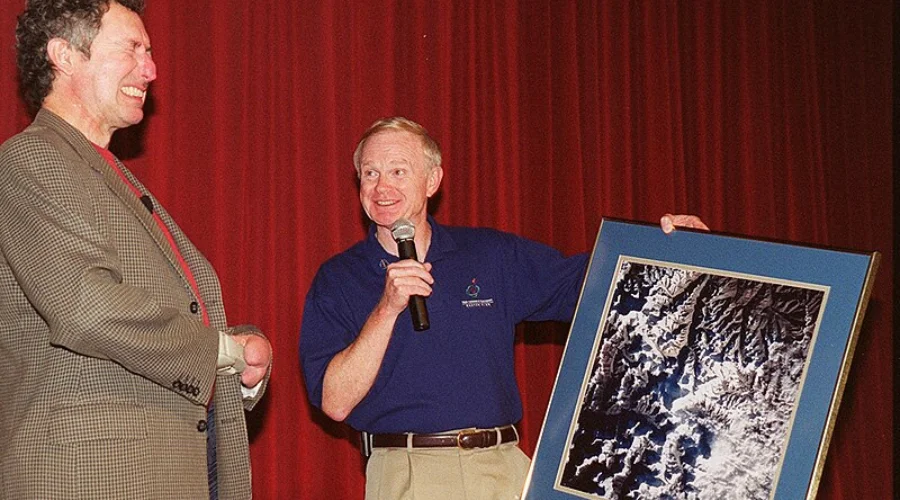
Anatoli Boukreev, a guide for one of the expeditions, was celebrated for his heroic rescue efforts. But tragically died in an avalanche on Annapurna in 1997.
Yasuko Namba’s husband, Dr. Kenichi Namba, has since dedicated himself to preserving her memory and advocating for mountaineering safety.
Mike Groom, another survivor, continued guiding and contributing to the climbing community before retiring. Each of these survivors has carried the weight of the disaster in their own way. Forever marked by their experiences on Everest.
Lessons Learned from Mount Everest 1996
This disaster, which happened on Mount Everest in 1996. It was a very big incident that reminded mountaineers of several important lessons. So, let’s underscore that the issues of timely decision-making and using correct turn-round time and correct weather conditions are vital.
The disaster also brought out the fact that a challenge that needs to be addressed is the lack of efficient communication. And cooperation between different expedition teams on the mountain. Also, the event underscored the need for climbers to have the right preparation. To be in proper physical shape to endure the climactic conditions during the journey. It also focused on the psychological and physical realities of climbers. Also the negative effects of commercial climbing on the safety of climbers and their counterparts.
In conclusion, the disaster was a harsh caution for those who are passionate about history, attempting a heroic high-altitude climb and thus teaching safety before success.
Want to know more?
Speak to an Expert





Sandip Dhungana
Nepal 🇳🇵
Whatsapp: +977-9823636377




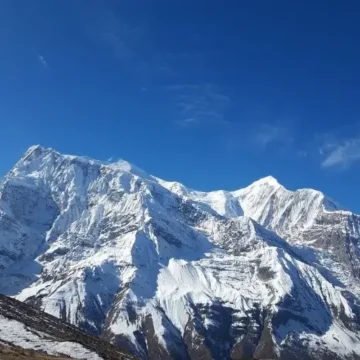
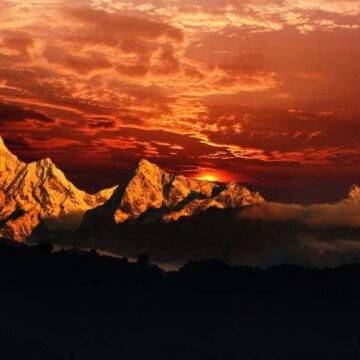
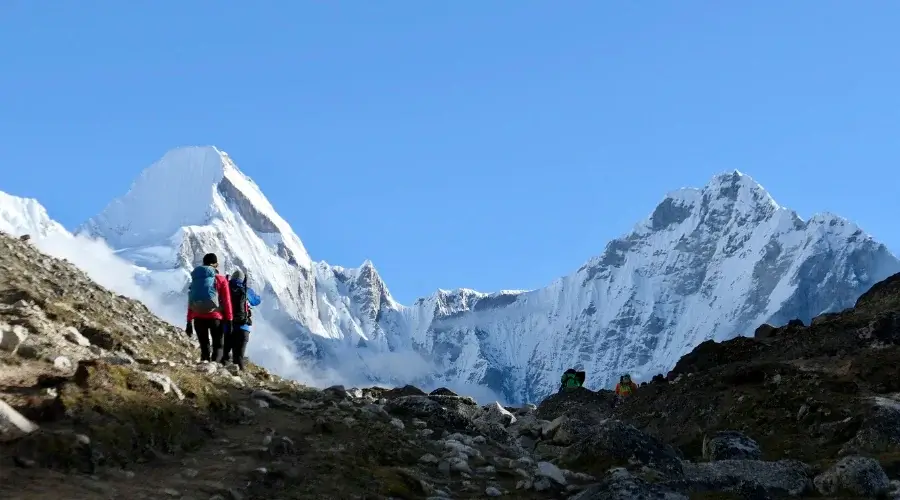

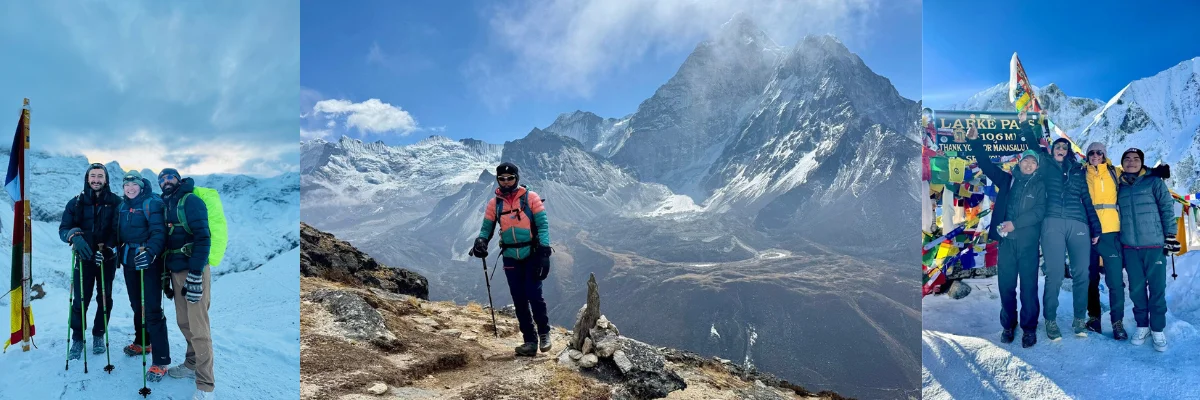

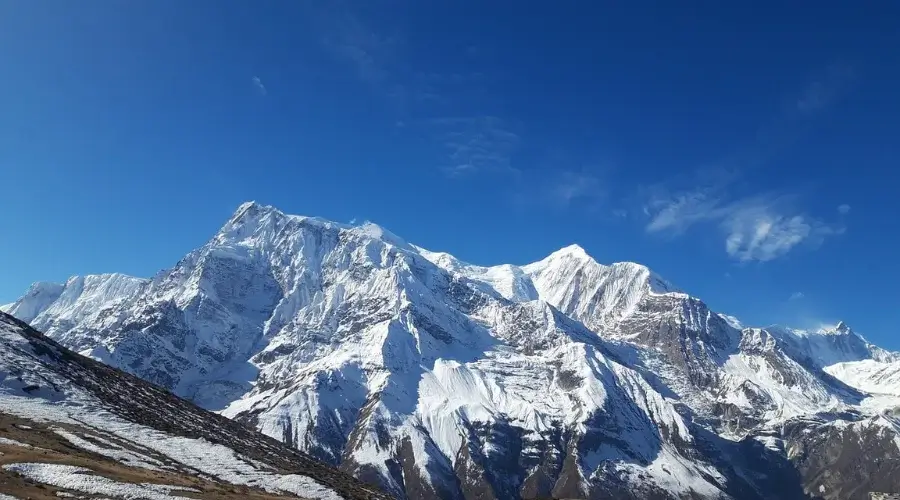













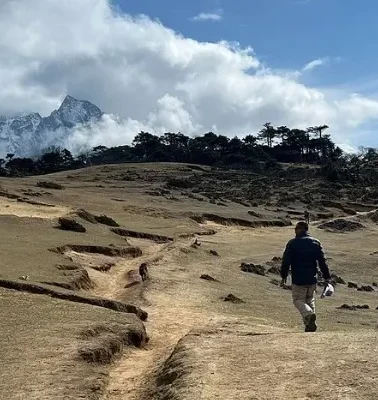
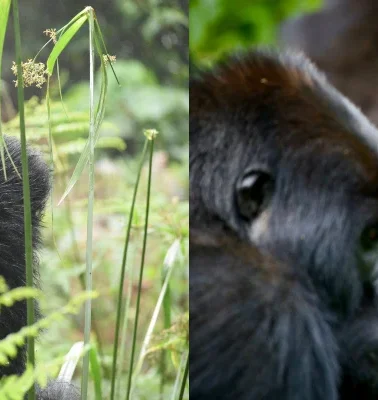

Leave Your Comment